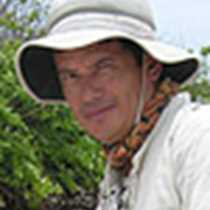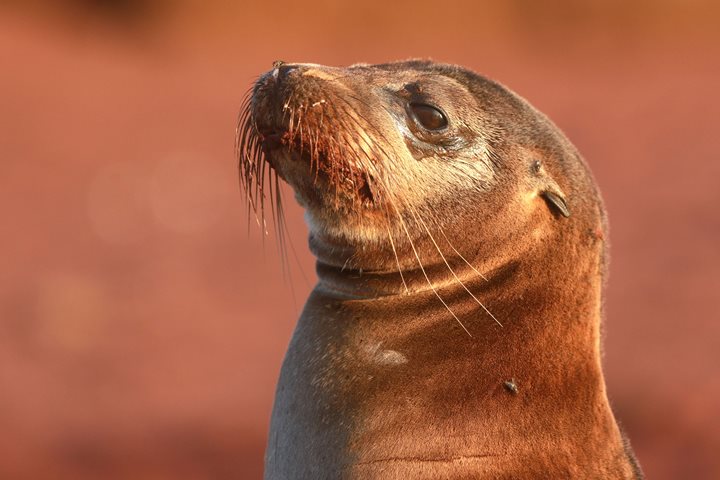Located in the southeast region of the Galapagos, Española is by far the oldest island, but with great endemism and beautiful landscapes. After breakfast we landed at Gardner Bay, with its white sandy beach and turquoise water, it was a favorite of our guests. We shared the beach with sea lions, mocking birds, and some large cactus finch.
- Daily Expedition Reports
- 05 Dec 2016
Española or Hood Island, 12/5/2016, National Geographic Islander
- Aboard the National Geographic Islander
- Galápagos
Paul Vergara, Naturalist/Certified Photo Instructor
Paul grew up on the island of Floreana, one of the earliest islands of the Galápagos to have been inhabited, and one of Charles Darwin's centers of research. But just because Floreana has a long history of human settlements, does not mean that growin...
Read MoreShare Report
Related Reports
11/23/2022
Read
National Geographic Islander II
Isabela and Fernandina
Our day began with the chance to point out a lot of interesting geological features as we enjoyed Zodiac tours along a massive flank of Ecuador Volcano on Punta Vicente Roca. In the afternoon, we took a sunny walk on Punta Espinoza on Fernandina Island. We spotted many iguanas, and a bunch of sea lions hanging around, too.
11/22/2022
Read
National Geographic Islander II
North Seymour & Rabida Islands
Relatively small and low compared to neighboring Santa Cruz, North Seymour is located to the north of Baltra. The island is dry with predominantly low shrubs, like prickly pear cacti. The incense trees are bare during the dry season. Seabirds like frigatebirds and blue-footed boobies nest on the island, and sea lions rest on the sand when they are not fishing. Land and marine iguanas also live here. Rabida is in the middle of the archipelago and has a striking red sand beach. We observed a small colony of sea lions of all ages resting or nursing. Behind the beach, American flamingos nest in a brackish lagoon. This island is full of contrasts and wildlife that we enjoyed observing during this day of expedition.







